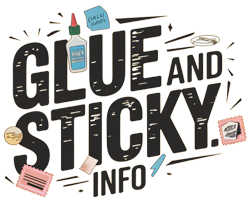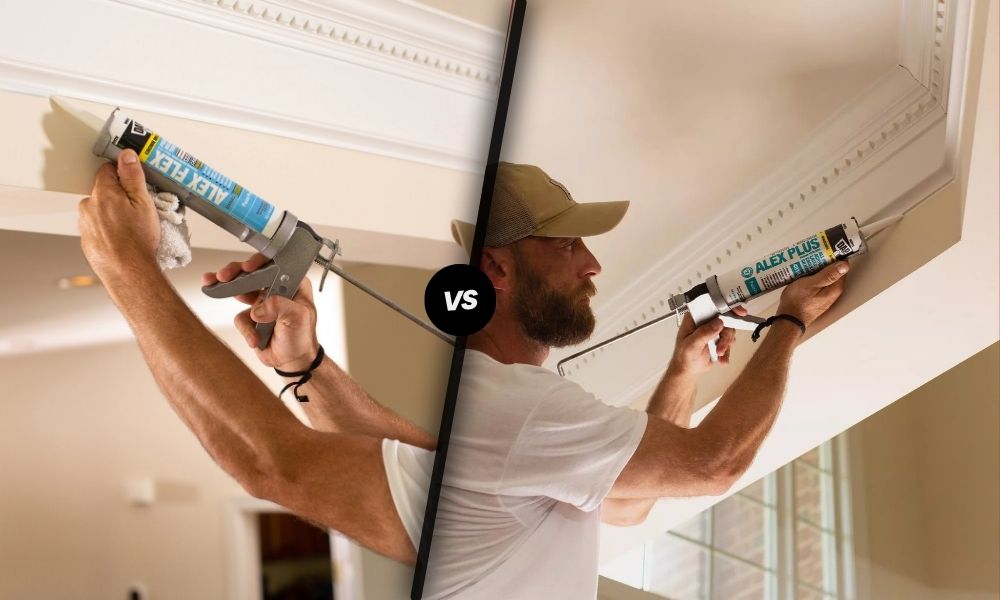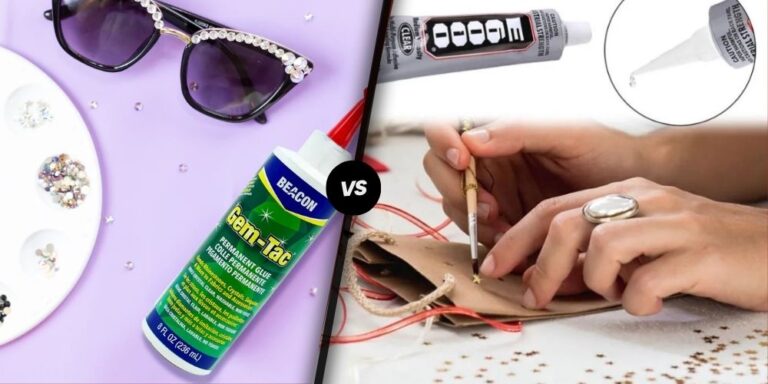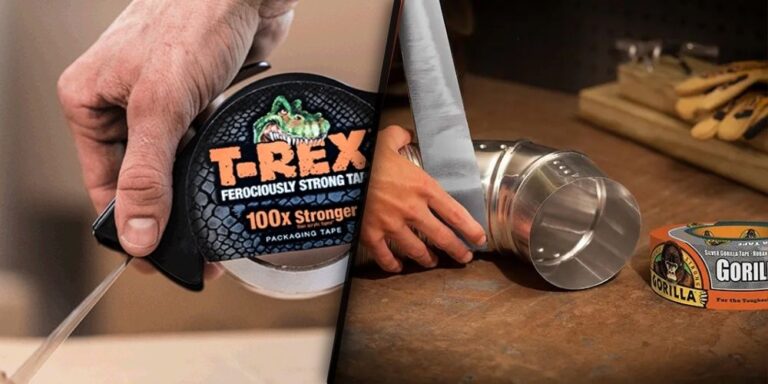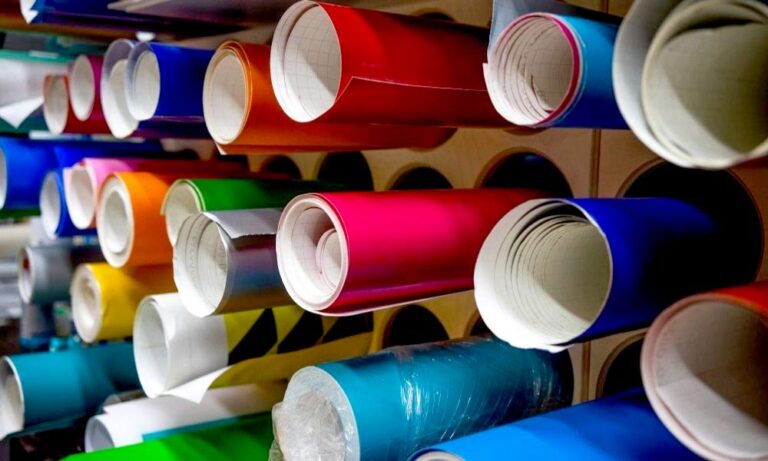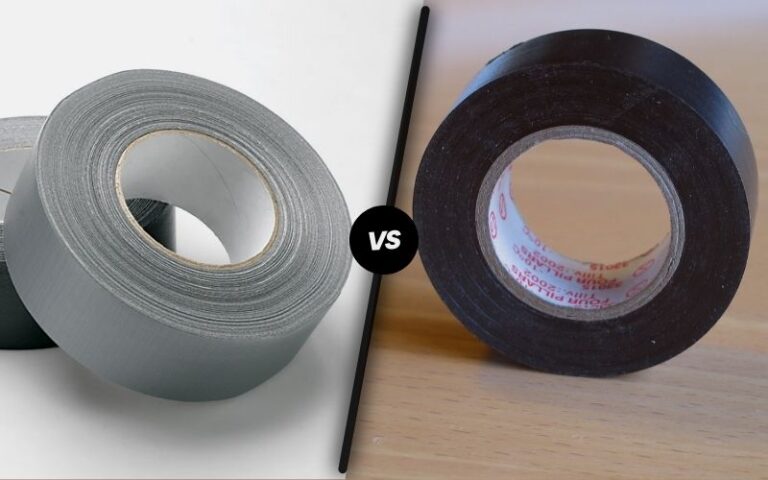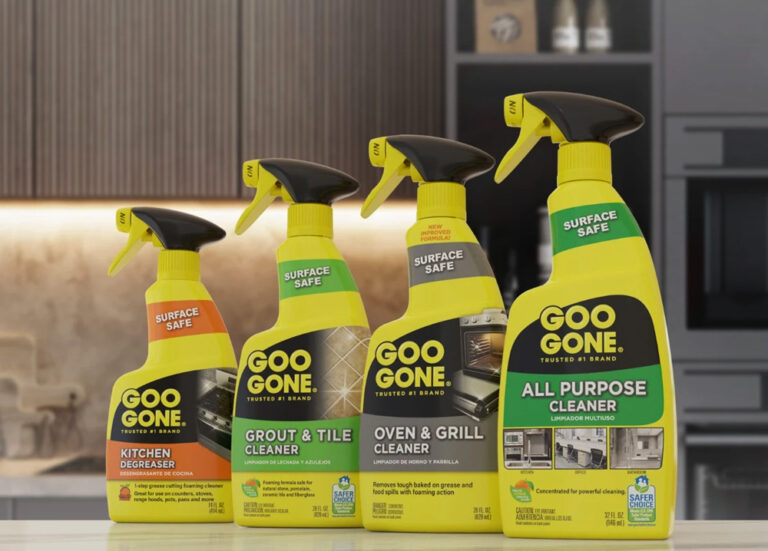Alex Flex vs Alex Plus: Caulk Comparison Guide
When it comes to home improvement projects, especially those that involve sealing joints and filling gaps, selecting the right caulk can make or break the final outcome. Two of the most popular caulks in the market, both manufactured by DAP, are Alex Flex and Alex Plus.
While both are high-quality products, each is tailored to specific uses and conditions. In this article, I will explore the differences, ideal applications, technical specifications, user experiences, and performance metrics of Alex Flex and Alex Plus to help you make the best choice for your project.
1. What is Alex Flex?
Alex Flex is an acrylic latex caulk formulated for tasks that involve moldings, trims, and areas prone to joint movement. Its crack-proof technology ensures that it maintains flexibility, even in high-stress areas like crown molding, baseboards, and chair rails. The caulk’s flexibility makes it highly effective in preventing cracks from forming due to material shifts over time. Alex Flex is also easy to paint, dries quickly, and adheres well to various surfaces.
Key Features of Alex Flex:
- Excellent for trim and molding applications.
- Offers superior crack resistance due to high flexibility.
- Paintable in just 30 minutes.
- Minimal shrinkage, ensuring long-lasting durability.
2. What is Alex Plus?
On the other hand, Alex Plus is an acrylic latex caulk enhanced with silicone for greater durability and versatility. This product is designed for both interior and exterior projects, making it a great all-purpose caulk. Its silicone additive provides water resistance and increased adhesion, making it suitable for sealing around windows, doors, and siding. The addition of silicone also allows Alex Plus to withstand temperature fluctuations and exposure to moisture without losing performance.
Key Features of Alex Plus:
- Enhanced with silicone for waterproofing and durability.
- Versatile for both interior and exterior applications.
- Paintable in 30 minutes.
- Resists cracking, shrinking, and peeling over time.
3. Technical Specifications Comparison
Let’s break down the technical details of both caulks to better understand their strengths and limitations.
| Specification | Alex Flex | Alex Plus |
|---|---|---|
| Base Material | Acrylic latex | Acrylic latex with silicone additive |
| Crack Resistance | Excellent, designed for high movement areas | Good, suitable for general sealing |
| Flexibility | ±12.5% joint movement capability | Meets ASTM C834 standards for flexibility |
| Paintability | Paintable in 30 minutes | Paintable in 30 minutes |
| Cure Time | 24 hours | 24 hours |
| Application Temp. | Above 4°C (40°F) | Above 4°C (40°F) |
| Waterproof | Yes | Yes, enhanced by silicone |
| Mold Resistance | Yes | Yes |
| Service Temperature | -34°C to 82°C (-30°F to 180°F) | -29°C to 82°C (-20°F to 180°F) |
| Primary Uses | Molding, trim, plaster repair | Windows, doors, siding, general-purpose sealing |
Both products have a similar cure time, paintability, and temperature tolerance, but Alex Plus has the edge in water resistance due to the inclusion of silicone.
4. Application and Performance
Alex Flex: Ideal Use Cases
Alex Flex is designed for specialized applications where materials may expand and contract, such as:
- Trim and Molding Work: Perfect for crown molding, baseboards, and chair rails where movement may cause cracks.
- Plaster and Drywall Repairs: Provides a seamless finish and resists cracking over time.
- High-Movement Areas: Maintains flexibility, making it ideal for areas prone to material shifts.
Alex Plus: Ideal Use Cases
Alex Plus excels in situations requiring water resistance and broad versatility:
- Windows and Doors: Provides a durable, weatherproof seal.
- Exterior Siding: Stands up well to temperature fluctuations and exposure to moisture.
- General Interior Sealing: Great for filling gaps around baseboards, pipes, and other fixtures.
User Insights:
Many professionals recommend Alex Flex for projects that require long-term flexibility and resistance to cracking. However, for exterior applications or areas exposed to water, Alex Plus is often favored due to its enhanced durability and waterproof properties.
5. Performance Metrics
How do these caulks perform in real-world scenarios? The table below compares key performance metrics such as adhesion, shrinkage, and crack resistance.
| Performance Metric | Alex Flex | Alex Plus |
|---|---|---|
| Adhesion | Strong adhesion to wood, PVC, and composite | Excellent adhesion to wood, metal, glass, and vinyl |
| Shrinkage | Minimal shrinkage | Slight shrinkage due to silicone content |
| Crack Resistance | Superior, crack-proof performance | Good crack resistance, suitable for general use |
| Flexibility | High, ±12.5% joint movement | Moderate, meets general standards |
| Ease of Application | Requires careful application due to viscosity | Easy to apply, smooth finish |
| Durability | Best for high-movement interior applications | Highly durable in both interior and exterior settings |
| Weatherproofing | Limited (ideal for indoor use) | Excellent, withstands moisture and temperature changes |
6. Pros and Cons of Each Product
Alex Flex: Pros and Cons
Pros:
- Excellent for preventing cracks in high-movement areas.
- Easy to paint within 30 minutes.
- Superior flexibility and minimal shrinkage.
Cons:
- Not as versatile for exterior applications.
- May require more precision during application.
Alex Plus: Pros and Cons
Pros:
- Enhanced durability due to silicone additive.
- Water-resistant, suitable for both interior and exterior projects.
- Easy to apply and paint.
Cons:
- Slight shrinkage during curing.
- Flexibility is lower than Alex Flex, making it less suitable for areas prone to extreme movement.
7. User Experiences and Feedback
Professionals and DIYers have shared a wide range of experiences with both Alex Flex and Alex Plus. Here are some highlights:
Alex Flex:
- Users praise its ability to prevent cracks in trim and molding projects.
- Some report that it can be slightly more difficult to apply than regular caulks but emphasize that the results are worth the effort.
- Ideal for achieving a polished, long-lasting finish on interior projects.
Alex Plus:
- Frequently used for exterior applications due to its weatherproofing capabilities.
- Users appreciate its smooth application and strong adhesion to various surfaces.
- Many recommend it as a reliable all-purpose caulk for both interior and exterior use.
8. Which One Should You Choose?
Ultimately, the choice between Alex Flex and Alex Plus depends on your project’s specific requirements:
- Choose Alex Flex if you are working on interior trim, molding, or plaster repair. Its superior flexibility and crack-proof performance make it ideal for areas prone to movement.
- Choose Alex Plus if you need a versatile, waterproof caulk that works for both interior and exterior applications. It’s a great choice for sealing windows, doors, and siding where moisture resistance is critical.
9. Final Thoughts
Both Alex Flex and Alex Plus are high-quality caulks designed to meet different project needs. By understanding their properties, strengths, and limitations, you can confidently select the right product for your next home improvement project. Whether you’re tackling crown molding or sealing exterior windows, having the right caulk will ensure a professional and durable finish.
